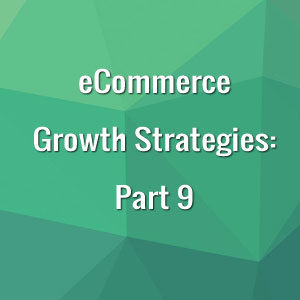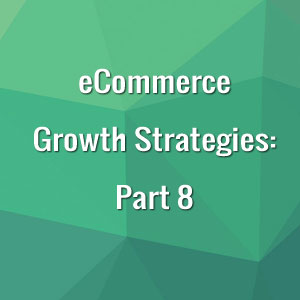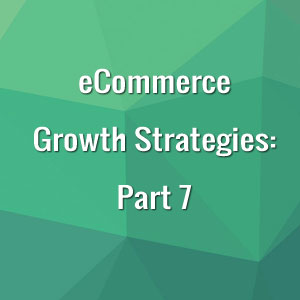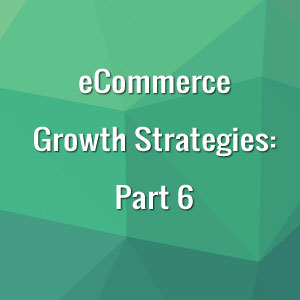All Magento 1.x store owners will stop receiving support from Magento in 2018. When Magento 2 was released in 2015, Magento made it clear that they will provide 3 years of support to Magento 1.x users and then store owners would be on their own for updates and security patches.
Here is the scoop straight from Magento Tech Resources : “Use the latest version of Magento to ensure that your installation includes the most recent security enhancements.” Magento is very clear that when support for Magento 1.x runs out you are on your own.
When summer 2018 arrives what will that mean for my Magento 1 Store?
If you decide to stay on Magento 1 past the summer of 2018, you are accepting the following risks with your store:
- No Security Patch Support
- Unsupported Extensions
- Increased Monthly Maintenance Costs
- Difficulty Maintain PCI Compliance
Magento 1.x Security Support Stops
In 2018, Magento will stop releasing security patches for your store and you will need to support your code base in house or with external programming support. With no central authority releasing regular security patches there is an increased risk that your transaction and customer data could be vulnerable to hacking attacks.
Outdated Magento stores running older versions of the software are susceptible to scripting attacks. Hackers can use scripts to steal users’ credit card information and in late 2016 it was estimated that over 4,000 Magento store were left vulnerable to an attack.
Magento 1.x Extensions Unsupported
Support for Magento 1.x extensions will start to wane in 2018 and then accelerate into 2019 and beyond. Development companies that have built Magento 1.x extensions will have no incentive to maintain support for a dying platform and will sunset their older extensions. Many extensions have complex code that would require professional programming experience to update and maintain. In addition, when old extensions are not supported they can become susceptible to external security threats.
Increased Monthly Maintenance Costs
Running Magento requires you to manage your own server, CDN and website with a team of professional programmers. Most merchants outsource this work and pay significant monthly retainers to contractors to ensure their site is running smoothly and stays online. When the summer of 2018 comes along your monthly maintenance costs are going to go way up because you will now be responsible for your security updates and the maintenance of your extensions.
Difficulty Maintaining PCI Compliance
With Magento you will need to make sure you are compliant with the PCI Data Security Standards (PCI DSS). If your store is processing more than 20,000 ecommerce transaction levels a year, you will be required to meet the bar of PCI Compliance Level 3. There is significant work involved in meeting PCI Level 3 and you will need to bring in outside consultants to conduct security and vulnerability testing. Your security testing after 2018 will reveal security issues that were previously covered by Magento security patches. It will now be your responsibility to update the security vulnerabilities in Magento 1.x software to maintain PCI compliance.
What are my Options for Moving off Magento 1.x?
If you decide you want to move off Magento 1.x you have 2 primary options:
- Upgrade to Magento 2
- Move your Store to another Platform
Magento 2 is a substantial upgrade and it’s important you think through the pros and cons before committing to the best answer for your store.
Upgrade to Magento 2
If you are familiar with Magento 1.x your initial reaction is to upgrade to Magento 2 so you can receive support from Magento. However the upgrade from Magento 1.x to Magento 2 is significant and there are some issues:
- Magento 2 Issues & Performance
- Magento 2 Extensions are not all Compatible
Magento 2 has many known bugs and issues and new Magento 2 stores have reported extremely slow page speed times. With any new platform it takes time to stabilize and these issues will hopefully be ironed out over time, but your store may suffer initially after the upgrade.
Magento 2 doesn’t have all of the same extensions that exist in Magento 1 so when you go to upgrade you may be missing some core functionality.
Move your Store to another Platform
Moving to a new platform is a major decision, but if you are currently on Magento 1.x this is the time to consider a move. If you are going to re-platform your store you should consider moving to a fully hosted platform like Shopify Plus. Shopify Plus will help you:
- Save money on license and server fees
- Save time moving all of your customer, order and item data each time Magento releases a new version
- Save time and money managing your own server
These are the primary reasons that many people are thinking of switching from Magento to Shopify Plus and now let’s do a detailed side by side comparison.
Magento 2 vs Shopify Plus Feature Comparison
Price and feature comparison of Magento to Shopify Plus based on a store with ~$10M in yearly sales.
| Magento 2 | Shopify Plus | |
| Server & Database | Self Hosted – MySQL | Cloud Based – Proprietary |
| License Fees/Cost* | $4,000/month + | $2000/month |
| Server & CDN Costs | $1,000/month + | Included |
| Security & SSL Certification | Your Responsibility | Included |
| Maintenance Hours | Significant | Limited |
| PCI Compliance | Your Responsibility | Included |
| Feature Enhancements | Extensions | Apps |
| Mobile Friendly | Yes – with Customization | Yes – with Customization |
| Wholesale Ordering | Yes – with Extensions | Yes |
*License Fees/Cost estimates based on $10M/year in ecommerce revenue.
We have created an in depth guide that compares Magento 2 to Shopify Plus, click here to get access to our free comparison and migration guide.
Are you currently on Magento 1.x and want to consider your options? Send us an email and Ambaum can help you find the best answer for your ecommerce store.





